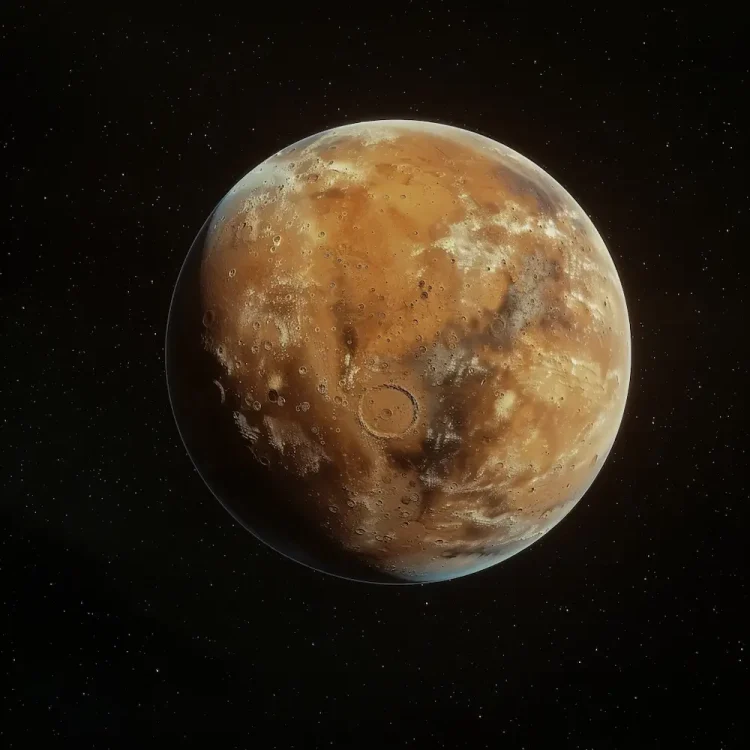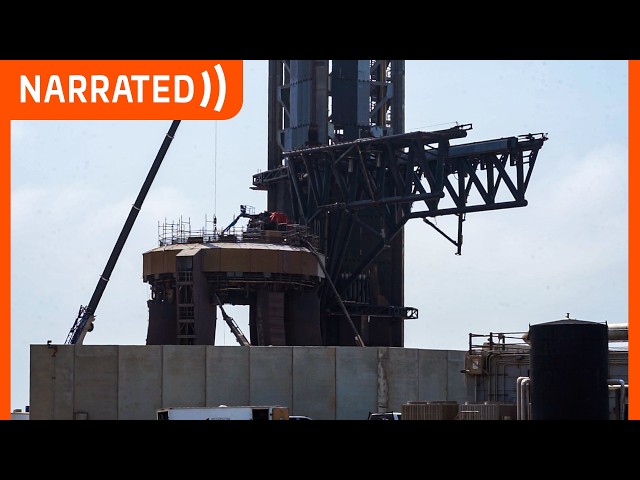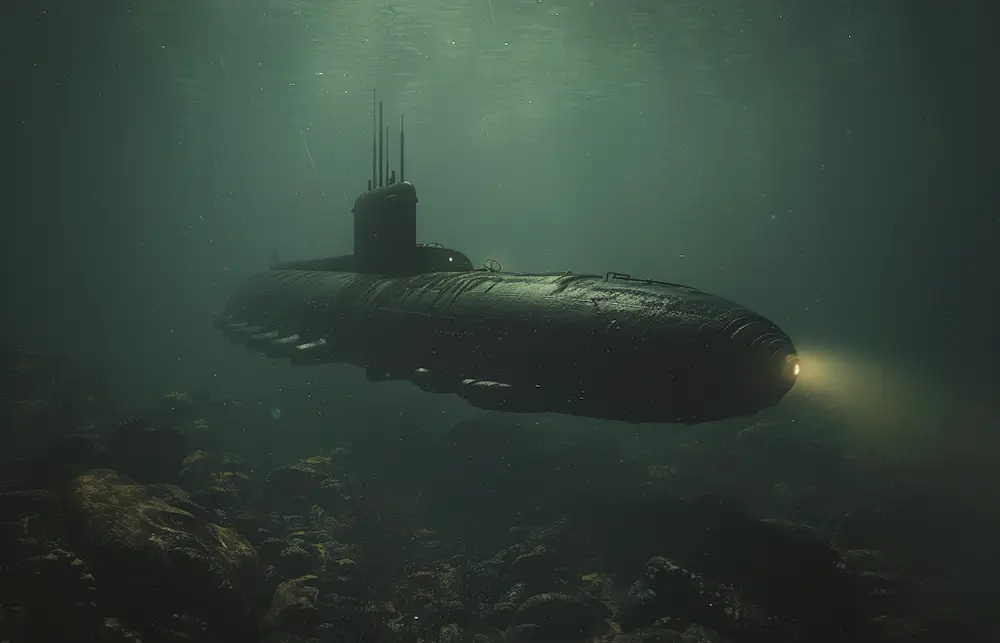In a fascinating twist of cosmic choreography, scientists have unveiled a new player in Mars’ journey around the Sun. This discovery, a Trojan asteroid designated 2023 FW14, adds an intriguing layer to our understanding of the Martian neighborhood. Unlike its more predictable companions, this asteroid seems to break the conventional mold, offering new insights into the complex dance of celestial bodies.
The Cosmic Dance: Understanding Trojan Asteroids
To fully appreciate the significance of 2023 FW14, it’s essential to grasp what Trojan asteroids are. Imagine the solar system as a grand ballet, where planets glide gracefully to the Sun’s gravitational tune. In this dance, Trojan asteroids act as steadfast partners, trailing behind or leading their planet at specific points of gravitational balance known as Lagrange points.
Mars, our planetary protagonist, is accompanied by a modest ensemble of 17 known Trojan asteroids, primarily trailing in its wake. These asteroids maintain a stable orbit, largely undisturbed as they follow Mars around the Sun. However, the recent discovery of 2023 FW14 introduces a maverick into this orderly troupe, one that opts to lead rather than follow, positioning itself ahead of Mars.
The Unpredictable Newcomer: 2023 FW14
This new celestial find, 2023 FW14, does not conform to the established patterns of its Trojan peers. Led by astronomer Raul de la Fuente Marcos, a team of scientists has observed that this asteroid exhibits a less predictable trajectory, a stark contrast to the stable orbits of Mars’ other Trojan companions. These findings, published in the journal Astronomy & Astrophysics, pose a tantalizing question: where did this asteroid originate?
Several theories have been proposed. One suggests that 2023 FW14 might be a fragment from another Trojan asteroid, 1999 UJ7. Alternatively, it could be a nomadic object from a region closer to Earth, now captured by Mars’ gravitational pull. The mystery deepens with chemical analysis, conducted using the Gran Telescopio Canarias, revealing that 2023 FW14 shares a similar composition to 1999 UJ7, suggesting a familial link despite its unique orbital path.
The Broader Implications: Lessons from the Trojans
The discovery of 2023 FW14 is more than just an astronomical curiosity; it is a window into the dynamic and ever-evolving nature of our solar system. Trojan asteroids, with their stable yet diverse orbits, serve as natural laboratories for scientists to test and refine theoretical models of celestial mechanics. By studying these cosmic companions, researchers gain valuable insights into the gravitational interactions that govern planetary systems.
Mars’ new companion offers a unique opportunity to deepen our understanding of these interactions. Its atypical orbit challenges existing models and invites further investigation into the forces at play. As scientists continue to monitor and study 2023 FW14, they hope to uncover new clues about the processes that shape our solar system.
A Cosmic Symphony in Motion
As Mars continues its orbit around the Sun, now accompanied by the enigmatic 2023 FW14, we are reminded of the intricate and dynamic nature of our cosmic neighborhood. Each discovery, like a new note in a grand symphony, adds depth and complexity to our understanding of the universe.
This newfound asteroid not only enriches the narrative of Mars and its celestial companions but also underscores the importance of continuous exploration and observation. Through these efforts, we uncover the hidden rhythms and patterns of the cosmos, drawing us ever closer to unraveling the mysteries of the universe.
In the grand ballet of the solar system, the discovery of 2023 FW14 is a captivating performance, one that promises to intrigue and educate as we continue our journey of cosmic discovery.








